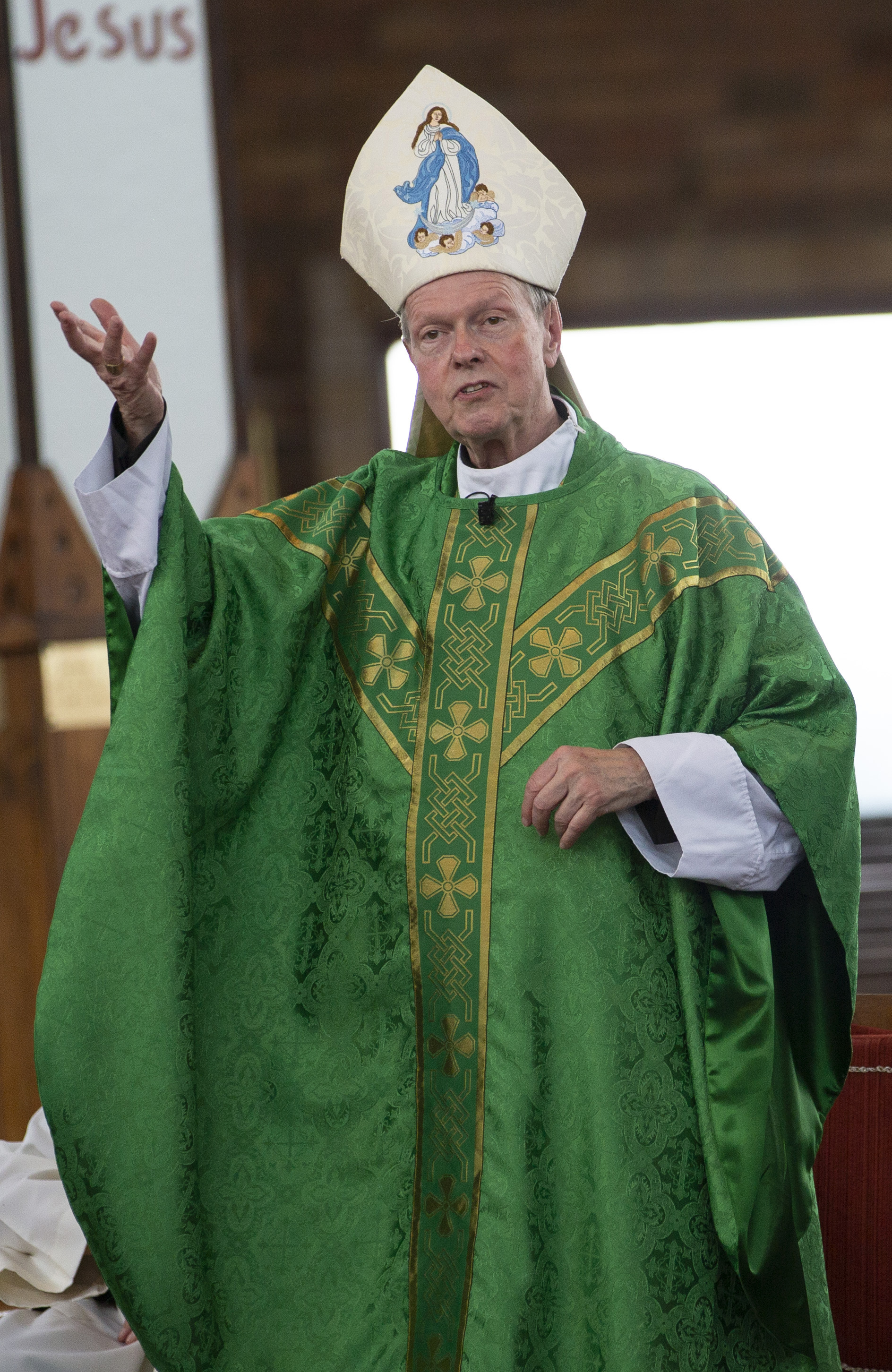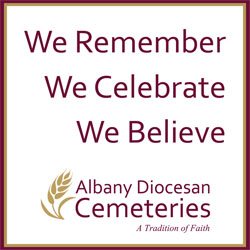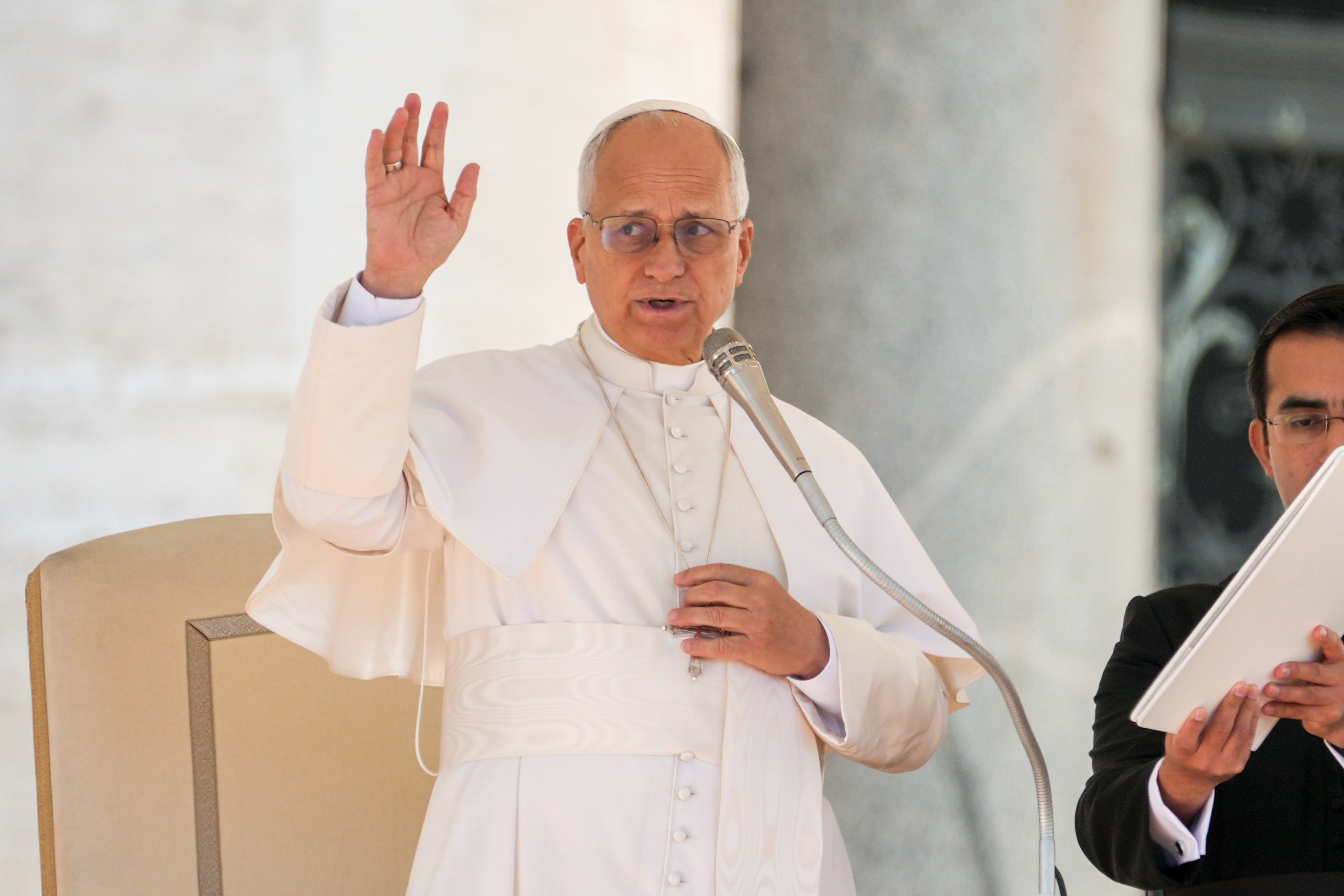April 6, 2018 at 1:53 p.m.
PERSPECTIVE
The Church, the body of Christ,also prays with the body: Part II
Having reflected upon how being both body and soul deeply affects how we pray, we can now answer our questions about the various ritual postures and gestures at Mass and why we have them. If you think about it, we have so many rituals (including postures and gestures) that are part of our daily routine. In fact, we are very much ritual beings. We have our morning rituals (and the day is off to a bad start if these do not happen!). Sports stars have their pre-game rituals. Shaking hands or giving flowers are rituals. Standing up when someone comes into a room, or opening a door for someone are rituals. Reflecting on this, we quickly realize that rituals are not an end in themselves, but rather something that we do for a further or deeper purpose. Often rituals can also communicate, express or reveal something, give a focus/draw attention, help us to remember, or simply underline and reinforce a sense of identity. All this is certainly true of our Church rituals that we follow when we pray at Mass.
Of course, we do indeed have lots of rituals in the Church, such as postures and gestures, and they too are a means to an end. Added to that, we use our bodies to pray as we have already said. Our church rituals communicate, focus, remember and highlight. In short, they can help everyone to have a "full, conscious and active" participation in the great prayer that is the Mass. So, let us explore these rituals and gestures, especially the ones we use during the celebration of the Mass.
A good place to start might be the senses: sight, sound, smell, touch and taste. The church makes a great use of the senses when it comes to prayer in general and especially the Mass. Like all the senses, the bodily sense of sight is also highly symbolic. Of course, we do not just see things with our eyes and the eyes are often called the mirror of the soul.
Unfortunately, sometimes our symbols or rituals and what we use for them in church cannot be seen very well and we might check, from time to time, on how visible such things are. They may also need updating. If some things that we use at Mass are looking very worn and past their best, we might want to renew or replace them if at all possible; otherwise what might the visual message be? One key "visibility" matter is the tabernacle. It is a key symbol in a church of the abiding real presence of the Lord and of our meeting with him. Therefore the GIRM (314) requires that the tabernacle should be "in a part of the church that is truly noble, prominent, conspicuous, worthily decorated and suitable for prayer."
Sound is also a sense that can be used when we pray. There is the great impact of the Word of God especially when it has been proclaimed well at Mass. Indeed, some saints had a conversion experience when they heard a passage of Scripture proclaimed during Mass! We can think of the incredible influence of music in terms of our prayer. So much so, that some, key parts of the Mass are meant to be sung. Silence is also powerful, but perhaps sometimes we mistakenly feel the need to fill up the periods of "sacred silence" mentioned in the ritual for Mass with sound. In a world of constant sound and noise, sacred silence can be a true treasure indeed.
Doctors tell us that smell can be the sense that is the first to return, or the last to go when the body is suffering trauma or approaching death. Smell is so evocative and plays a particular role in the ritual functions of remembering and highlighting that we observed earlier. I also believe that there is certainly a "church smell!" Incense (and yes there is some great incense out there, but also some pretty shocking stuff) is a potent symbol. It indicates a person's dignity (as in the gifts of the three wise men) or to show reverence. This is why incense people, but also objects, such as the altar, or the gifts, or the Gospel book or the Blessed Sacrament. With incense there is also the beautiful visual image of our prayers rising up to God like incense (Psalm 141).
Touch is also such a human and potent symbol. We can think of the many times that Jesus healed a person not just by a distant gesture or by words, but also by a physical touch. In our rituals, touch is most often used when a person is anointed. Notice how this happens at key moments in life: at baptism, during confirmation or the anointing of the sick. Taste too is part of our prayer and ritual, most obviously when we receive Holy Communion. We can think of that prayer in Psalm 34: "taste and see the goodness of the Lord."
These then are just a few of the ways that the senses are so much part of prayer and of how we pray with our bodies. Why do we use the senses, as well as gestures and postures and even physical things when we celebrate Mass? Well, Jesus himself used such things in his preaching (think of the physical imagery in the parables) and so often in his healing of others. Let us not forget the bread and wine at the Last Supper either. Seeing, touching, tasting etc. are not just sensory things: no, they are so much more. They are part of our prayer. So, next time, having explored the senses in prayer; let us look at the various postures and gestures we use as we pray the Mass.[[In-content Ad]]
SOCIAL MEDIA
OSV NEWS
- Pope offers prayers for the Philippines and for peacemakers
- Dig deep and work patiently to keep church on solid foundation, pope says
- Portland archbishop on ICE: Human dignity comes from God, not government
- Christian hope shows the earth can resemble heaven, pope says
- Washington Roundup: Election shifts; Venezuela vote; transgender passports, and more
- Novel highlights power of art and music as a salve to troubled humanity
- Supreme Court sides with Trump administration to temporarily block full funding for SNAP
- Former diocesan fundraising director indicted on wire fraud for alleged 6-figure theft
- Love is key to church’s mental health ministry, says bishop who lost family to suicide
- Caring for creation is part of peacemaking, pope tells COP30







Comments:
You must login to comment.